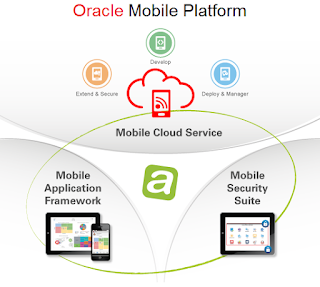Oracle Fusion Middleware Summer Camps 2015: Mobile Cloud Service
Last week I had the opportunity to attend to Oracle Fusion Middleware Summer Camps in Lisbon that Oracle organizes for EMEA partners. This year was the fifth edition and there were many new Oracle PaaS products to choose: Integration Cloud Service, Process Cloud Service, Java Cloud Service and the one I attended, Mobile Cloud Service.
I have to say that it was the very first in class MCS training.
Oracle Mobile Cloud Service course was delivered by Frank Nimphius, Grant Ronald (Oracle Product Management Team) and Jürgen Menge (Oracle Sales Consultant).
From the first minute we could start playing with MCS and also try the functionallity with a MAF application.
If you want to know MCS functionality you can check my previous post: Oracle Mobile Cloud Service overview.
Having such great trainers, we learnt some advices, good practices and tricks when using MCS. We saw a lot of interesting things, here comes some of them:
- Notifications
MCS offers an API that allow us to abstract of the providers and fully manages notifications.
We can also send notifications to users in a specific role or platform, schedule notifications and monitor to see if notifications have been sent.
- Cache and offline
Thanks to the API we have a cache in the client that allow us to manage the synchronization with policies and also working in offline mode. We can get better performance, better usability, decrease network usage and increase battery life.
- REST API y SDKs
With REST API and the SDKs we can call MCS Platform API and the custom API that we will create to integrate our applications with external systems. In future releases a JavaScript API will be available.
- Analytics
Besides having metrics of all the API calls that our application make, we can also create our own events and funnels. We can use these, for example, in our mobile shopping application to know the step where users leave, evaluate the process and improve it.
I would like to thanks Jürgen Kress for the great organization of the event and all the trainers for the outstanding tranning. See you next summer camp!!









